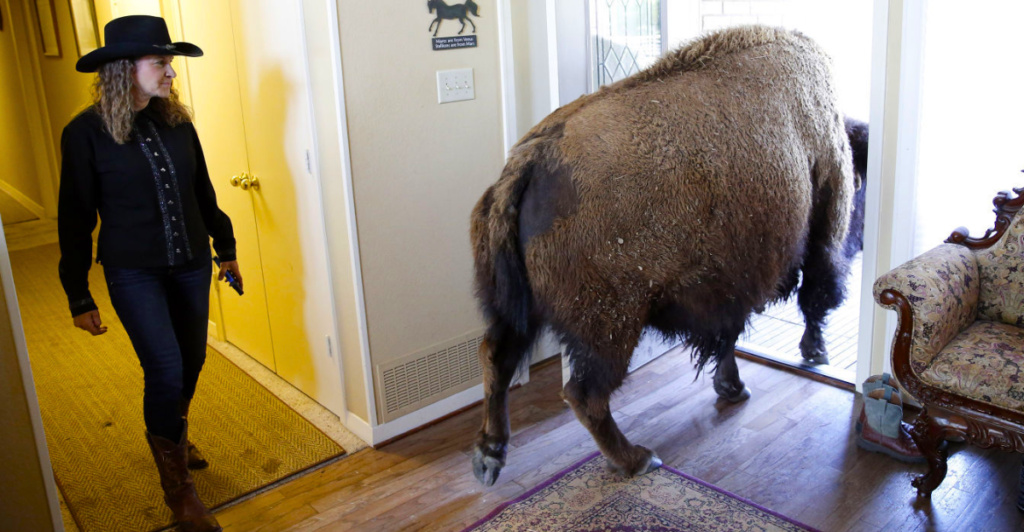
Once teetering on the brink of extinction, wild bison are making a remarkable comeback across various regions. Conservation efforts have led to the reintroduction of these majestic creatures into their native habitats, revitalizing ecosystems and cultural connections. From the plains of North America to the forests of Europe, bison populations are gradually increasing, offering hope for biodiversity and environmental restoration. This resurgence is a testament to collaborative conservation initiatives and the species’ resilience.
Historical Decline and Near Extinction
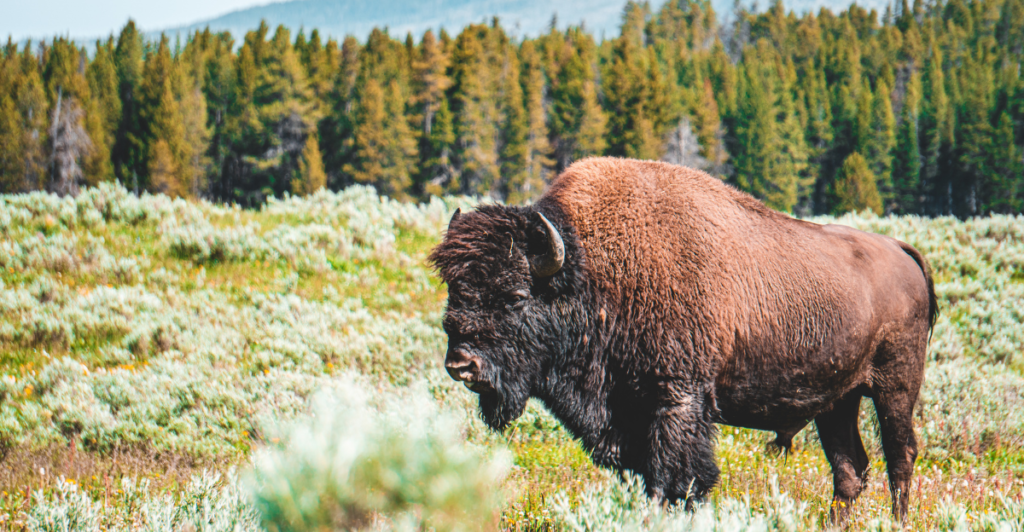
In the late 19th century, bison populations faced catastrophic declines due to overhunting and habitat loss. By 1889, their numbers had dwindled to approximately 541 individuals in the United States. This drastic reduction threatened the species’ survival and disrupted ecosystems and Indigenous cultures that relied on bison. The near extinction of bison serves as a poignant reminder of the impacts of human activities on wildlife.
Conservation Efforts in North America
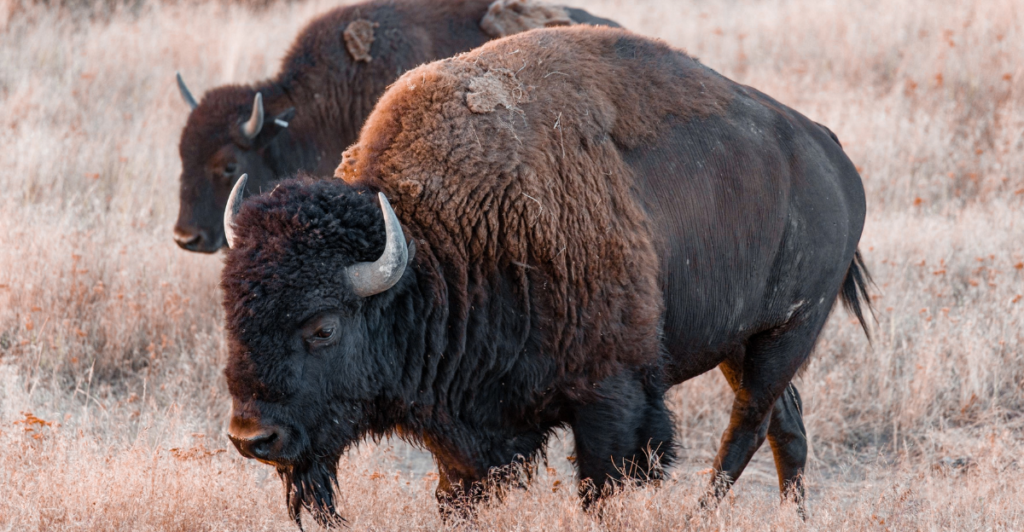
In recent decades, concerted conservation efforts have been instrumental in bison recovery across North America. Organizations and government agencies have collaborated to reintroduce bison to their native habitats, focusing on ecological restoration and cultural revitalization. These initiatives have established free-ranging herds in various regions, contributing to biodiversity and ecosystem health. The success of these programs underscores the importance of collaborative conservation strategies.
Bison Reintroduction on Tribal Lands
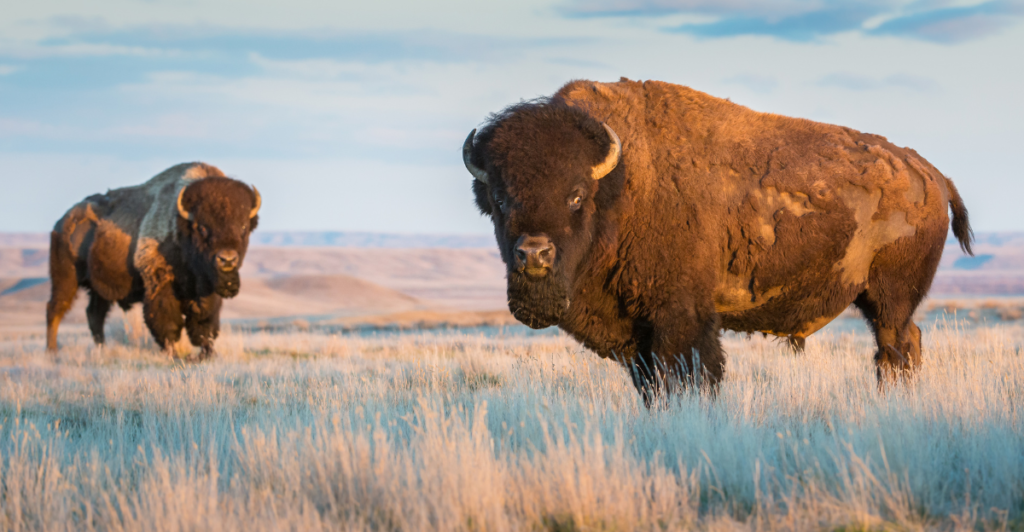
Indigenous tribes have played a pivotal role in bison conservation by leading reintroduction efforts on their ancestral lands. For instance, the Fort Belknap Indian Reservation in Montana has successfully restored bison populations, enhancing ecological balance and cultural heritage. These initiatives support species recovery and strengthen tribal sovereignty and traditional practices. The partnership between tribes and conservation organizations exemplifies a holistic approach to wildlife restoration.
European Bison: A Parallel Revival
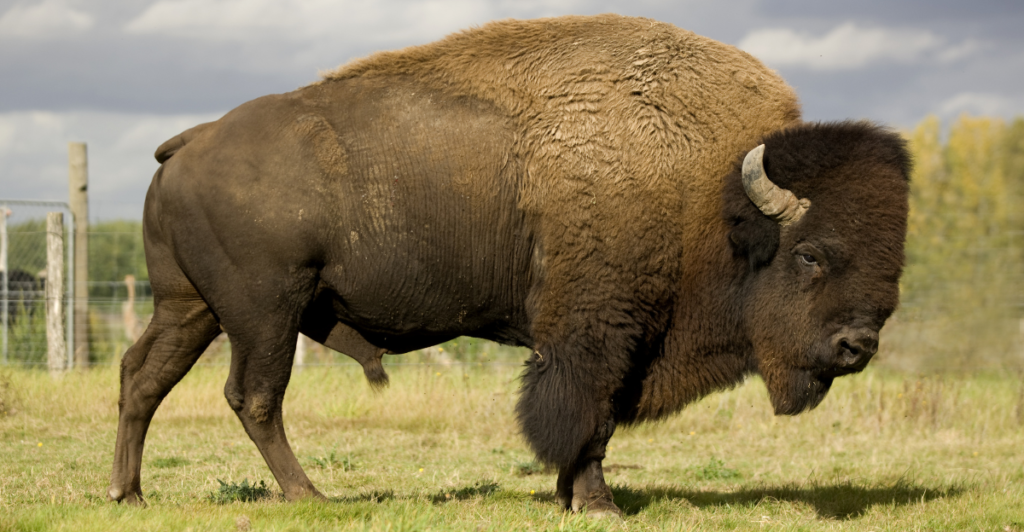
Like their North American counterparts, European bison experienced severe population declines, leading to their extinction in the wild by the early 20th century. Through dedicated breeding and reintroduction programs, their numbers have rebounded to over 9,100 individuals across Europe. Countries like Romania have seen successful rewilding projects, with bison reintroduced into the Carpathian Mountains, contributing to ecosystem diversity and tourism. These efforts highlight the potential for species recovery through international collaboration.
Ecological Benefits of Bison Reintroduction
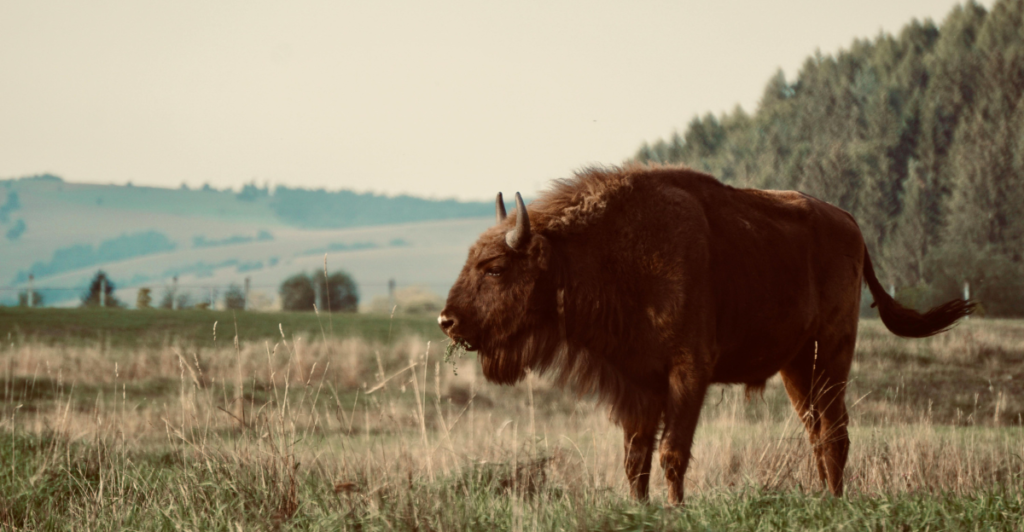
Bison are keystone species, meaning their presence significantly influences ecosystem structure and function. Their grazing patterns help maintain open grasslands, promoting plant diversity and providing habitats for various wildlife. Additionally, bison wallows create microhabitats that benefit amphibians and insects. The reintroduction of bison has been linked to increased biodiversity and improved health of prairie ecosystems, demonstrating the far-reaching impacts of their return.
Challenges in Bison Conservation
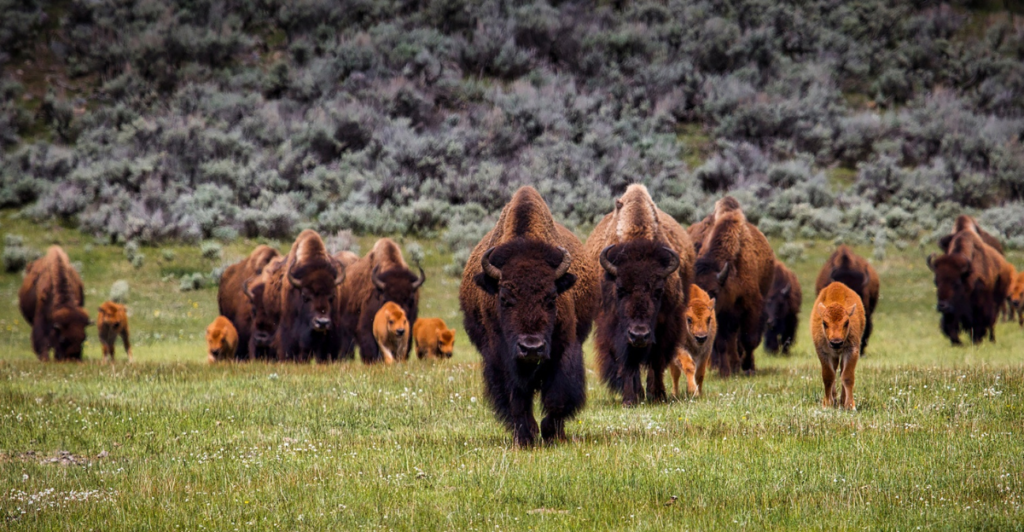
Despite positive trends, bison conservation faces challenges like habitat fragmentation, human-wildlife conflict, and genetic diversity concerns. Ensuring sufficient, connected habitats is crucial for sustaining wild bison populations. Moreover, balancing bison reintroduction with agricultural interests requires careful management to prevent conflicts. Addressing these challenges necessitates ongoing research, adaptive management strategies, and stakeholder collaboration.
Bison in Urban and Suburban Areas
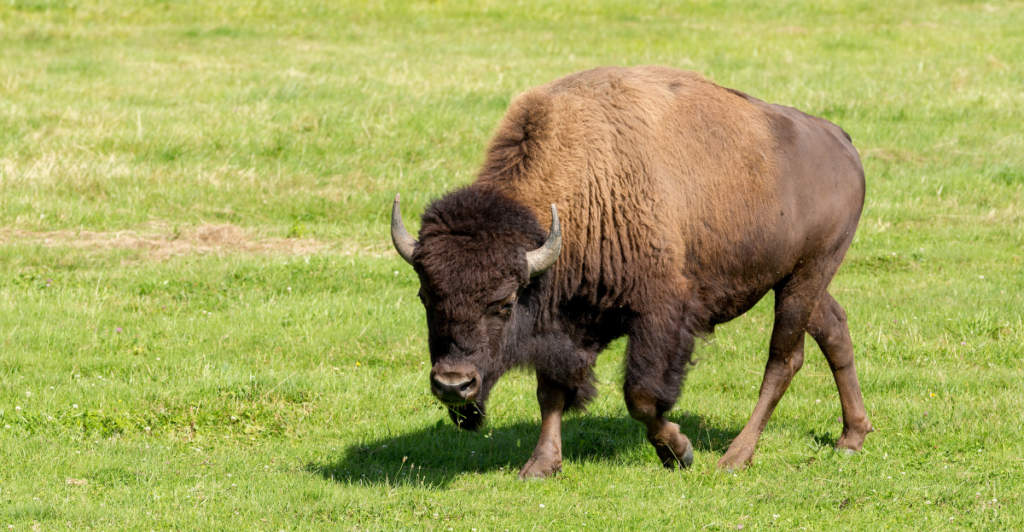
As bison populations expand, sightings near urban and suburban areas have become more common. While the idea of bison roaming near backyards is intriguing, it raises questions about safety and coexistence. Educational programs and community engagement are essential to foster understanding and develop strategies for harmonious human-bison interactions. Proactive planning can help mitigate potential conflicts and ensure the well-being of both bison and human communities.
Economic and Cultural Impacts
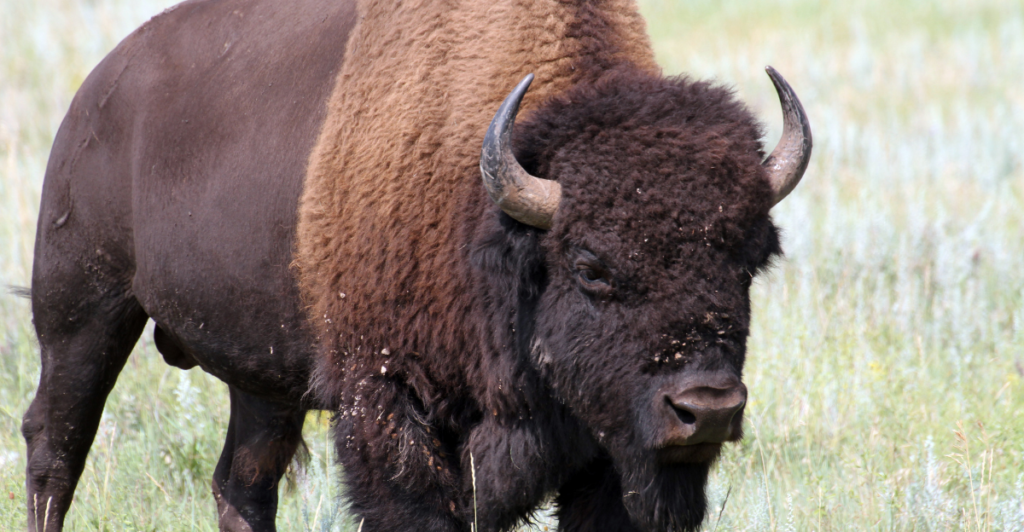
The resurgence of bison has led to economic opportunities through ecotourism and cultural initiatives. Bison-related tourism attracts visitors interested in wildlife and Indigenous heritage, providing revenue for local communities. Culturally, the return of bison has revitalized traditional practices and spiritual connections for many Indigenous peoples. This dual impact underscores the multifaceted benefits of bison restoration efforts.
Future Prospects for Bison Populations
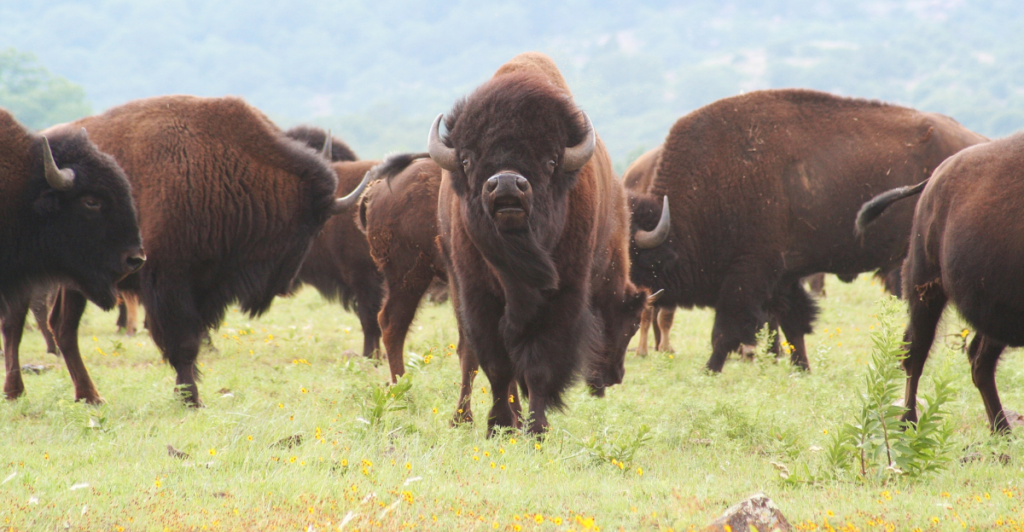
Looking ahead, the future of bison populations depends on continued conservation efforts, habitat protection, and public support. Emerging initiatives focus on expanding bison ranges, enhancing genetic diversity, and integrating bison into sustainable land management practices. Collaborative approaches that involve governments, Indigenous communities, conservation organizations, and the public are vital to ensuring the long-term viability of wild bison.
How You Can Support Bison Conservation
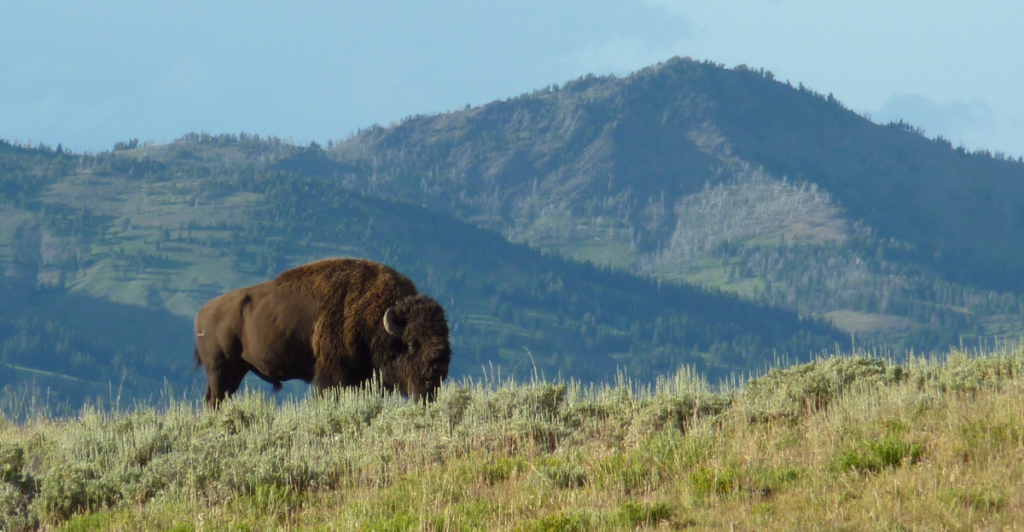
Individuals can contribute to bison conservation by supporting organizations dedicated to their protection, participating in educational programs, and advocating for policies that promote habitat preservation. Visiting parks and reserves with bison populations can provide economic support and raise awareness. Personal actions, combined with collective efforts, play a significant role in the ongoing recovery of this iconic species.
Bison and Climate Resilience
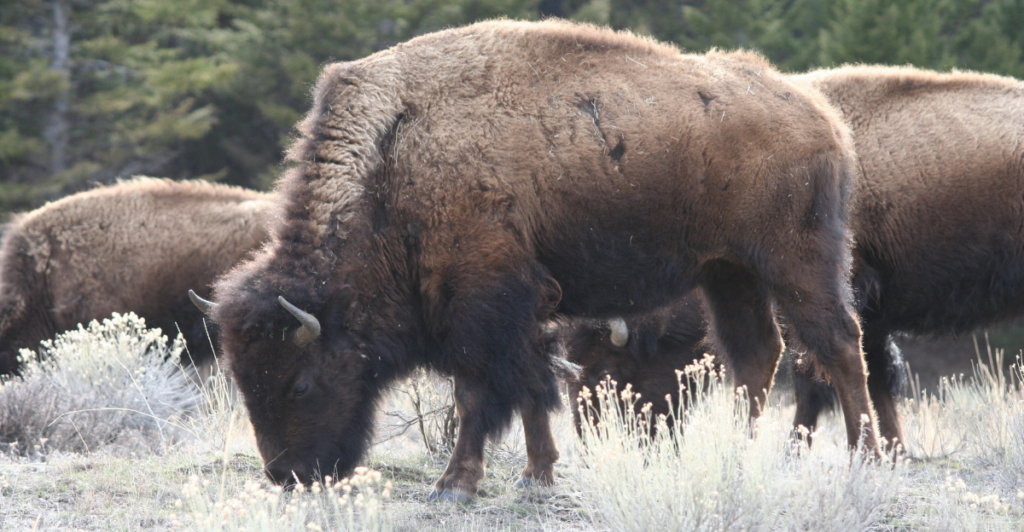
Bison enhance climate resilience by maintaining grassland ecosystems that sequester carbon and support diverse plant communities. Their grazing habits promote soil health and reduce the risk of wildfires by controlling vegetation growth. Integrating bison into land management practices contributes to climate change mitigation and adaptation strategies, highlighting their ecological importance beyond species conservation.
The Symbolism of Bison Revival
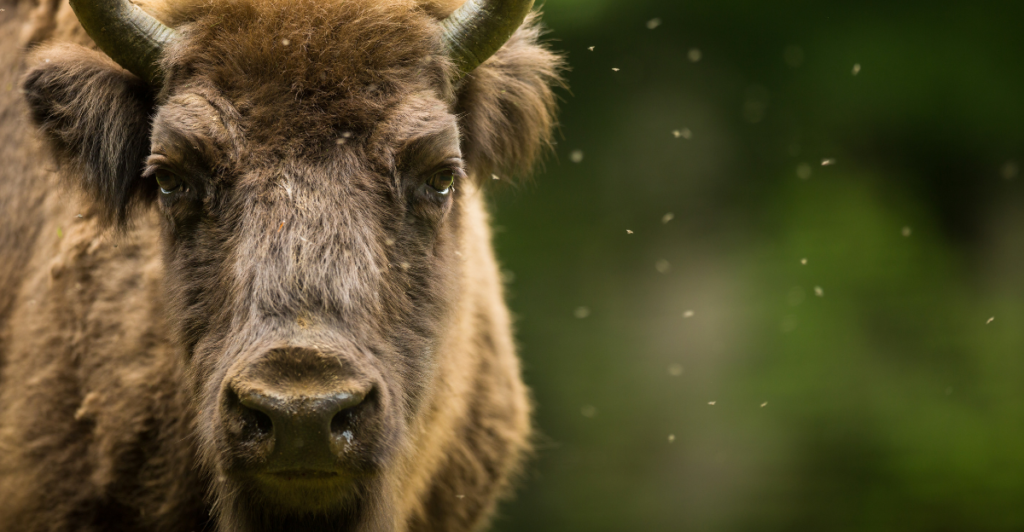
The comeback of wild bison symbolizes resilience and the positive outcomes achievable through dedicated conservation efforts. Their revival restores ecological balance, reconnects cultural ties, and offers economic benefits. As bison reclaim their historical ranges, they inspire a broader commitment to preserving biodiversity and fostering harmonious relationships between humans and nature.
Discover more of our trending stories and follow us to keep them appearing in your feed

California Is Breaking Apart: A Fault Line Is Forming Faster Than Anyone Predicted
Concerns Mount as Largest Dolphin Pod Ever Recorded Headed For California
Philanthropist Promises To Cover $771.23M Annually After US Exit From Climate Accords
“There Will Be Eruptions”: Concerns Mount as Yellowstone Supervolcano Activity Shifts
References:
Reference 1
Reference 2
Reference 3
This article first appeared here
Stay connected with us for more stories like this! Follow us to get the latest updates or hit the Follow button at the top of this article, and let us know what you think by leaving your feedback below. We’d love to hear from you!







